.....Read More
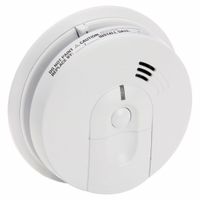
Carbon Monoxide & Smoke Detectors
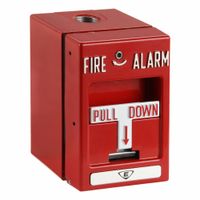
Facility Fire Alarm Systems

Fire Blankets
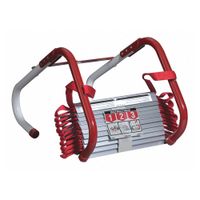
Fire Escape Ladders

Fire Extinguishers & Accessories

Firefighting Foams
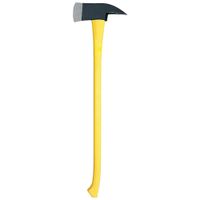
Firefighting Tools
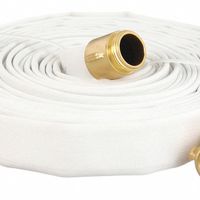
Fire Hoses, Nozzles & Storage
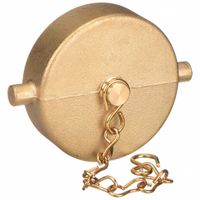
Fire Hydrant & Standpipe Accessories

Fire & Rescue Fans
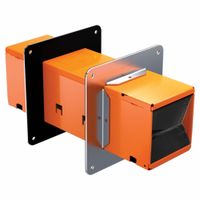
Firestops & Barriers

Fire Suppressants for Lithium Ion Batteries
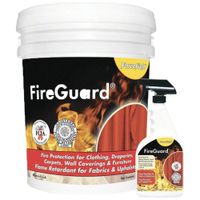
Flame Resistant & Retardant Treatments
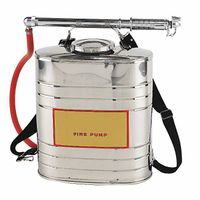
Wildland Firefighting Tools & Equipment
Frequently Asked Questions
What are the different types of fire protection equipment?
How do smoke detectors and carbon monoxide detectors work?
What is the importance of fire extinguishers in fire safety?
How do fire alarm systems function in large facilities?
What are the benefits of using firefighting foams?
How do fire blankets work to extinguish fires?
What tools are essential for firefighters during a rescue operation?
How do fire ladders provide a means of escape during a fire?
What are firestops and how do they prevent fire spread?
How is wildland firefighting equipment different from regular firefighting tools?